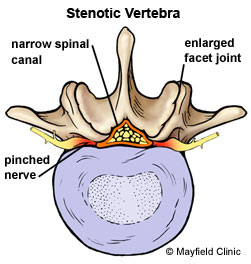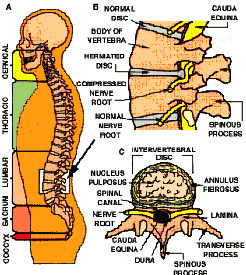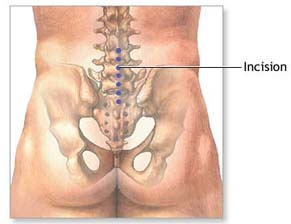In the procedure of a lumbar decompression back surgery, a little partition of the bone over the nerve root and/or circle material from under the nerve root is cleared to give the nerve root more space and give a prevalent repairing environment.


There are two basic sorts of spine surgery decompression strategies:
Microdiscectomy - A microdiscectomy (a microdecompression) is ordinarily performed for pain from a lumbar herniated circle. The surgery is viewed as solid for leg agony brought on by the herniated circle; most ordinarily called sciatica by patients, and most usually alluded to by restorative professionals as a radiculopathy.
Lumbar Laminectomy - A lumbar laminectomy (open decompression) is ordinarily performed for pain from lumbar spinal stenosis. The objective of the surgery is to permit more space for the nerve root, accordingly decreasing agony (and conceivably any leg shortcoming or neurological indications) and restoring the understanding's capacity to take an interest in ordinary exercises.
Signs and symptoms associated with the condition:


A Microdiscectomy is a standout amongst the most negligibly obtrusive methods that should be possible to lighten agony connected with nerve root disturbance. In this surgery, a moderately little entry point in the lower back, and the herniation that is in contact with the nerve root is pulled out.
The objective is to calm side effects connected with weight on the nerve root. The surgery has a generally high achievement rate - around 90-95% - in giving help of leg pain and/or cheek pain. Regularly, the agony help is moment and patients wake up after the surgery feeling checked alleviation of their leg pain. In the event that neurological side effects had likewise been experienced before surgery, it may take more time for the nerve to mend and the patient may keep on feeling some shortcoming or deadness, or any of their former manifestations, for a while or up to a year. For some, the manifestations may enhance however never completely resolve.